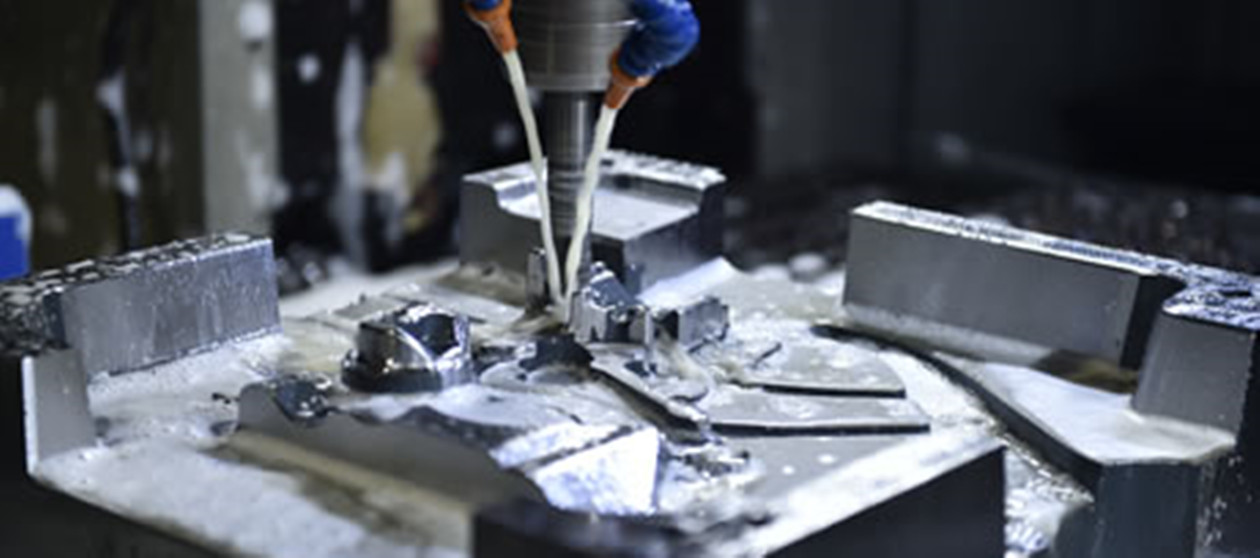The performance characteristics that die casting moulds should have
- Very high temperature strength and toughness When injecting molten metal, due to high temperature, high pressure and thermal stress, the die casting mold is easy to deformation or even rupture. Therefore, the mold material should have sufficient high temperature strength and toughness as well as high hardness under working temperature.
- Excellent high temperature wear resistance, oxidation resistance and temper resistance When high temperature molten metal is injected into the mold at high speed and demolded after casting, it will generate a lot of friction. In order to ensure the long-term use of the mold, the mold should have high wear resistance at working temperature. A large number of continuous production of die-casting molds should maintain high hardness for a long time at a certain temperature and should not stick to the mold or produce oxide skin. Therefore, the mold should also have good oxidation resistance and tempering stability.
- Good processability and grindability Die-casting mold cavities are made by cutting and processing, so the mold material should have good machinability. It must be noted that materials with good wear resistance usually have poor machinability. This is the case with many die steels, whose base parts are hard even in the annealed condition. The addition of hard carbides makes it generally difficult to cut. In order to obtain smooth die castings, the roughness value of the cavity surface is required to be small, so the mold material should also have good polishing properties.
- Good thermal fatigue performance The surface of die casting mold is repeatedly heated and cooled at high temperature, constantly expanding and contracting, producing alternating thermal stress. When the stress exceeds the elastic limit of the mold material, repeated plastic deformation will occur, resulting in thermal fatigue. Colleagues, when the mold surface is corroded and oxidized by molten metal for a long time, micro cracks will gradually appear. In most cases, thermal fatigue is the most important factor in determining the life of a die casting mold.
- High resistance to melt damage With the advent of large die casting machines, die casting pressure is also increasing, from 20 ~ 30 MPa at low pressure to 150 ~ 500 MPa at high pressure. High temperature and high pressure casting will produce obvious melting damage, the mold should have great resistance to this. Therefore, the mold material must have high high temperature strength and low affinity for molten metal, and the mold must show less roughness with proper protective layers, such as oxide mold and nitride layer, without decarburization layer.
- Good hardenability and low heat treatment deformation Usually, die casting molds are manufactured by engraving the mold material in the annealed condition and then heat treating it to obtain the desired hardness, or heat treating the mold material to obtain the desired hardness and then engraving the cavity. The manufacturing method of engraving the cavity first and then heat treating it is hard, strong and less prone to melt damage and thermal fatigue. No matter which method is used for heat treatment, it is necessary to obtain uniform hardness, so good hardenability is required, especially when the cavities are carved before heat treatment and for materials with little deformation, which is especially important for large molds.
- The internal structure of the material is uniform and free of defects The structure of the mold material should be uniform, defect-free and small directional, otherwise it will not only affect the cracking, strength and thermal fatigue performance of the mold, but also affect the heat treatment deformation.
